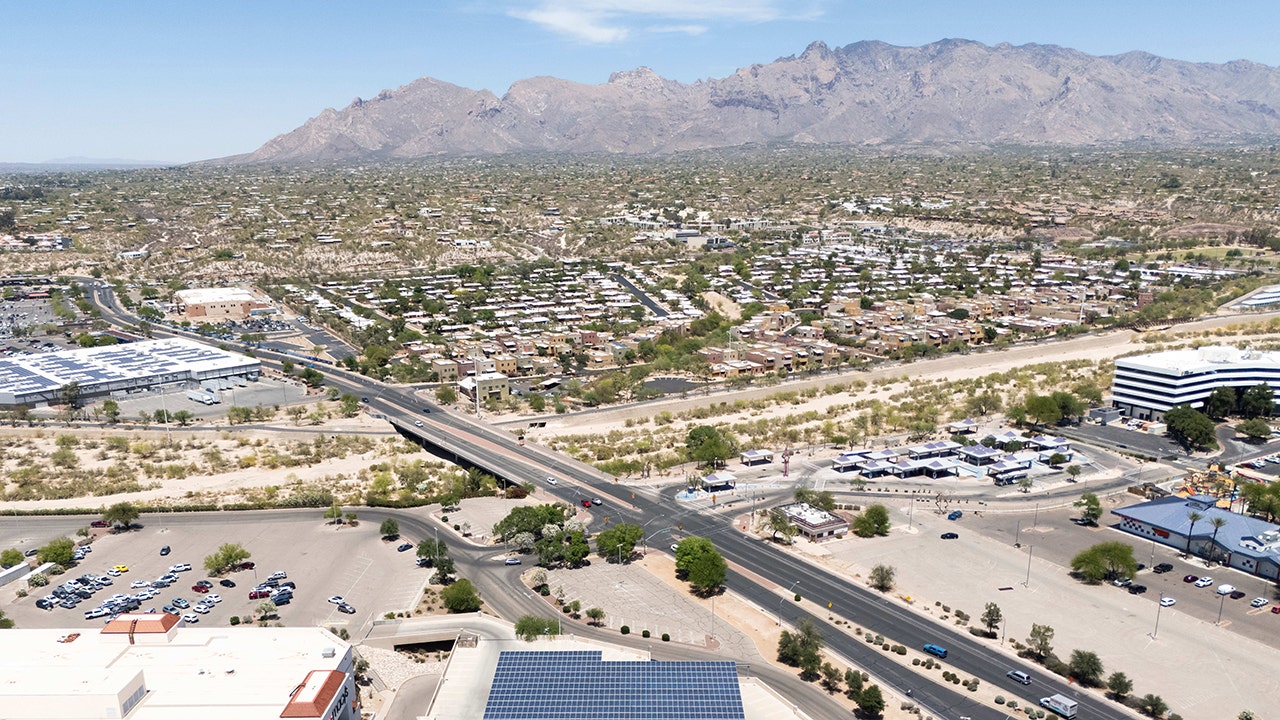There might’ve been life on Mars after all.
Although it resembles a coral typically found at the bottom of the ocean, it was a piece of rock that a NASA spacecraft — Curiosity rover — recently discovered on Mars that was supposedly formed a billion years ago.
The small, approximately 1-inch-wide (2.5 centimeters) light colored, wind-eroded rock, as described by Live Science, was found in the Gale Crater, which is a large impact basin on Mars.
A colorless image taken by a telescopic camera captured the familiar-looking object. Although this discovery is an exciting one — it isn’t the first of its kind to be found.
That same camera, also known as the Curiosity’s Remote Micro Imager, has reportedly captured similar-looking objects in the past, signifying that the planet had a watery past.
This is because these objects formed “billions of years ago when liquid water still existed on the Red Planet. Water carried dissolved minerals into rock cracks and later dried, leaving the hardened minerals behind,” as explained by NASA in a recent statement.
“This common process, seen extensively on Earth, has produced fantastic shapes on Mars, including a flower-shaped rock,” the statement continued.
These discoveries give hope that there might’ve been life on Mars after all.
NASA’s Curiosity has been busy this summer. Back in June, it captured images of a geological structure — which have been nicknamed “spiderwebs” due to their insect-like pattern of ridges.
Similarly to the coral rock, these “spiderwebs” also indicate that Mars once had water on it that hardered.
“The images and data being collected are already raising new questions about how the Martian surface was changing billions of years ago,” NASA said in a previous statement.
“The Red Planet once had rivers, lakes, and possibly an ocean. Although scientists aren’t sure why, its water eventually dried up and the planet transformed into the chilly desert it is today.”
“Remarkably, the boxwork patterns show that even in the midst of this drying, water was still present underground, creating changes seen today,” NASA said.
“Eons of sandblasting by Martian wind wore away the rock but not the minerals, revealing networks of resistant ridges within.”
Read the full article here















